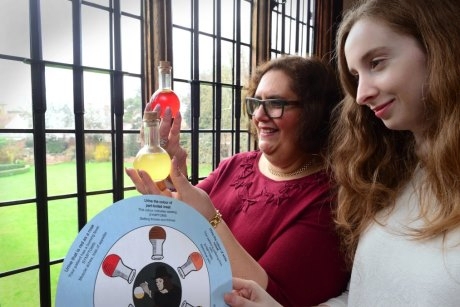The Shakespeare’s Birthplace Trust has launched a new medical exhibition at Hall’s Croft in Warwickshire, the home of Shakespeare’s daughter Susanna and her physician husband, John Hall.

The exhibition, Method in the Madness: Understanding Ourselves Then and Now, will look at medicine during the lifetime of Shakespeare’s son-in-law, John Hall, who practised at Hall’s Croft.
The display ties in with the History curriculum, particularly with topics such as Medicine Through Time.
Entry to this exhibition is included with a Town Houses Pass or a Town, Cottage and Farm Pass.
Method in the Madness: Understanding Ourselves Then and Now
The exhibition explores medical methods used during Shakespearean times.
It also looks at medical discoveries and how they acted as the foundation for which modern medicine is based upon.
One of the focuses of the exhibition is the Shakespearean understanding of the mind and body and how this interpretation fed into medical theories of disease, illness and cures.
Also being showcased in the exhibition will be a focus on physician William Harvey’s discovery of the circulation of blood, looked at in a study by John Hall.
There will also be a range of objects on show from the 1500s and 1600s, including a syringe, a urine flask and a drug jar.
In addition to these objects, replica surgical tools such as an amputation saw and a crown trephine will be on display, alongside books such as The Herball (1597) and Robert Burton’s famous The Anatomy of Melancholy (1621).
School groups visiting will get to enjoy the interactive stations throughout the exhibition which will enable them to diagnose their own patients. Pupils will also get to handle and compare some Shakespearean surgical instruments, as well as dress up and pose for photos.
For younger years, there is a challenge called The Method in the Madness Medical Missions which includes a range of puzzles and activities.
What else is new?
To complement the exhibition, the walled garden of Hall’s Croft will be undergoing a transformation which will feature a new medical garden with herbs and plants that would have been used in Shakespearean time remedies.
For more information, visit www.shakespeare.org.uk.










